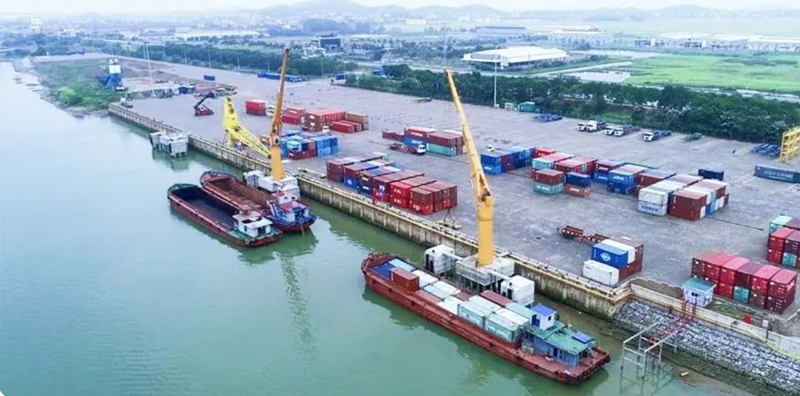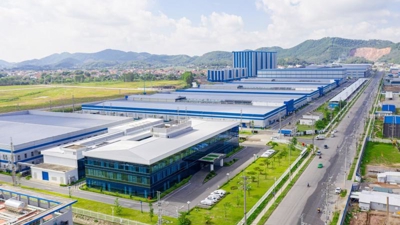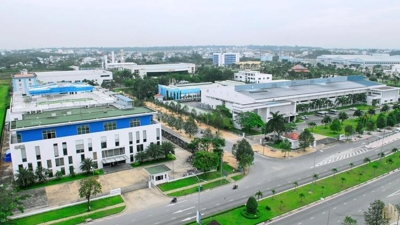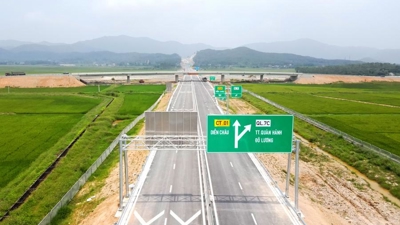Vietnam's Logistics Ambitions Expand with New Dry Ports
Expansion of port network aims to boost trade, reduce congestion and attract foreign investment in vital manufacturing hub.

Vietnam's burgeoning ambitions as a trade and manufacturing center are getting a boost with the addition of three new inland clearance depots, or dry ports, to the country's logistics network.
The Ministry of Transport recently added Thanh Phuoc, Nam Dinh Vu (phase 1), and Phu My (phase 1) ports, expanding the country's dry port system to better serve its manufacturing-intensive economy.
Dry ports, essentially inland terminals connected directly to seaports by rail or road, are crucial for economies engaged in large-scale international trade. They help decongest seaports by allowing goods to be processed away from the coast, speeding up customs clearance, and reducing costs for businesses.
These new ports are strategically located. Thanh Phuoc dry port, in the southern Binh Duong province, links a major manufacturing hub near Ho Chi Minh City to Vietnam's broader trade networks.
Phu My dry port in the southern coastal Ba Ria-Vung Tau province, another key manufacturing center, integrates with Phu My 3 specialized industrial park offering seamless waterway routes for factories.
Lastly, Nam Dinh Vu dry port near the major northern port city of Hai Phong further strengthens the logistics infrastructure of Vietnam's industrial north.
The move comes as Vietnam strives to improve the efficiency of its logistics system. The country currently has 14 dry ports in operation, a figure the government is eager to expand. A master plan envisions a network of over 100 dry ports by 2030.
With the addition of these three new ports, Vietnam is solidifying its position as a production powerhouse for global brands. Foreign investors eager to participate in the country's export-oriented economy are likely to welcome the reduced logistical hurdles the ports offer, potentially attracting more investment to Vietnam's growing manufacturing sector.







